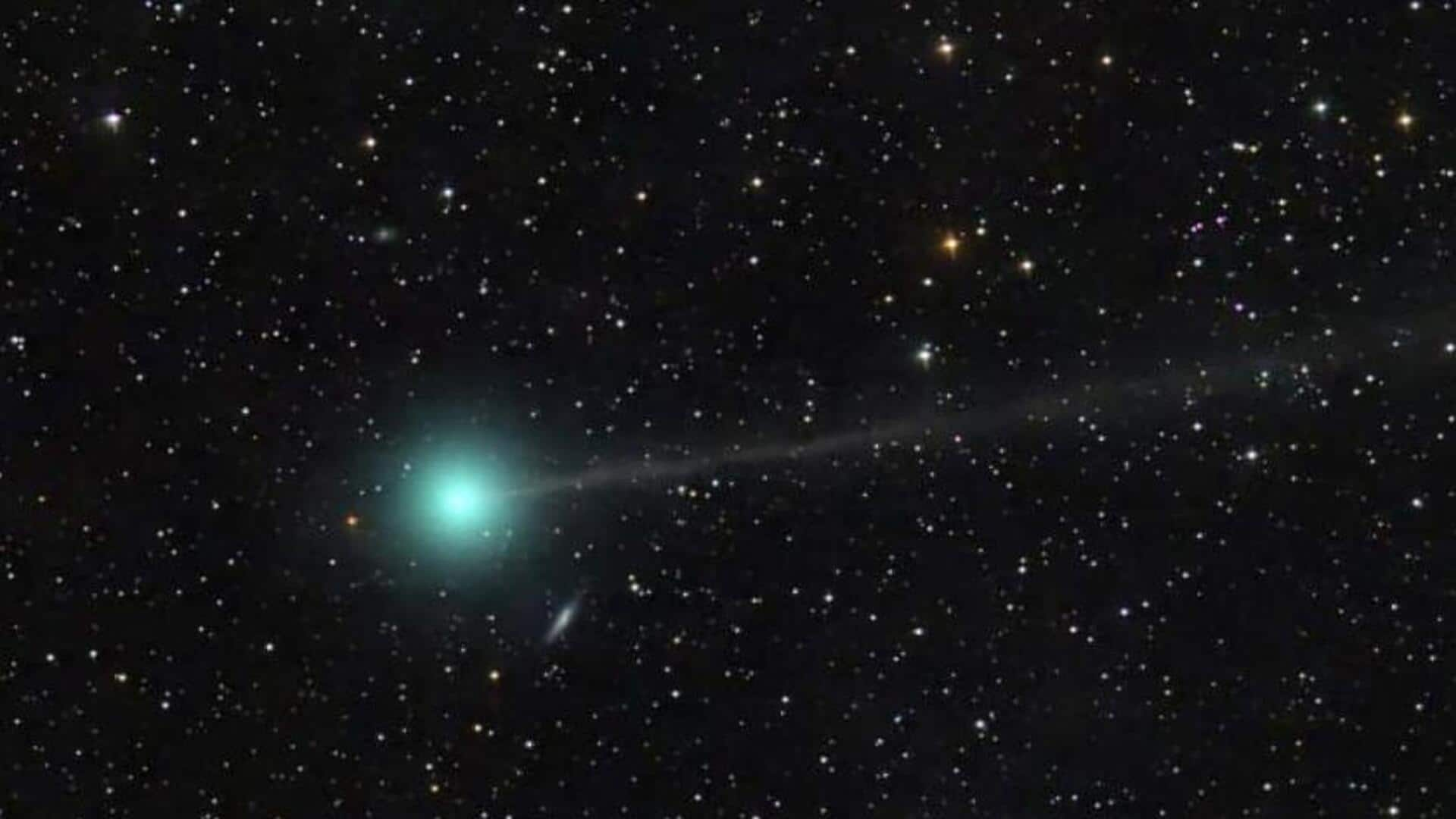
Comet Nishimura to make a spectacular appearance on September 12
What's the story
A recently discovered comet, dubbed Nishimura, will be visible to the naked eye this month. The comet will make its closest approach to Earth on September 12. It will come as close as 125 million kilometers to our home planet. Naked-eye comet sightings are relatively rare, occurring only once a decade, which makes this event exceptional and rare.
Details
Here's how to observe the comet
To view Nishimura, you should gaze in the east-northeast direction about an hour after sunset and it will be visible till about an hour before dawn. The crescent moon and Venus will also be visible on that day. Comet Nishimura's close approach to us becomes all the more special considering that it has a 500-year orbit around the Sun, significantly longer than the orbits of outer planets in our solar system. In contrast, Earth has a one-year orbit.
Close approach
Comet will make close approach to Sun on September 17
Shortly after its Earth flyby, the comet will make its closest approach to the Sun on September 17, coming within 43 million kilometers of the giant star. However, chances are the comet may not survive that close encounter. Comets are remnants of ice and rock resulting from the formation of the solar system, believed to have occurred almost five billion years ago. As they approach the Sun, the heat causes them to expel icy gases, which gives them distinctive tails.
Insights
The comet is named after its discoverer Hideo Nishimura
Comets also release particles of dust and rock when they cross close to the Sun. When Earth intersects this debris, it leads to meteor showers. Scientists estimate Nishimura's size to range from a few hundred meters to a mile or two wide. This comet may be associated with the annual Sigma-Hydrids meteor shower which happens every December. The comet is named after its discoverer Hideo Nishimura, the Japanese astrophotographer who discovered it earlier this year on August 11.